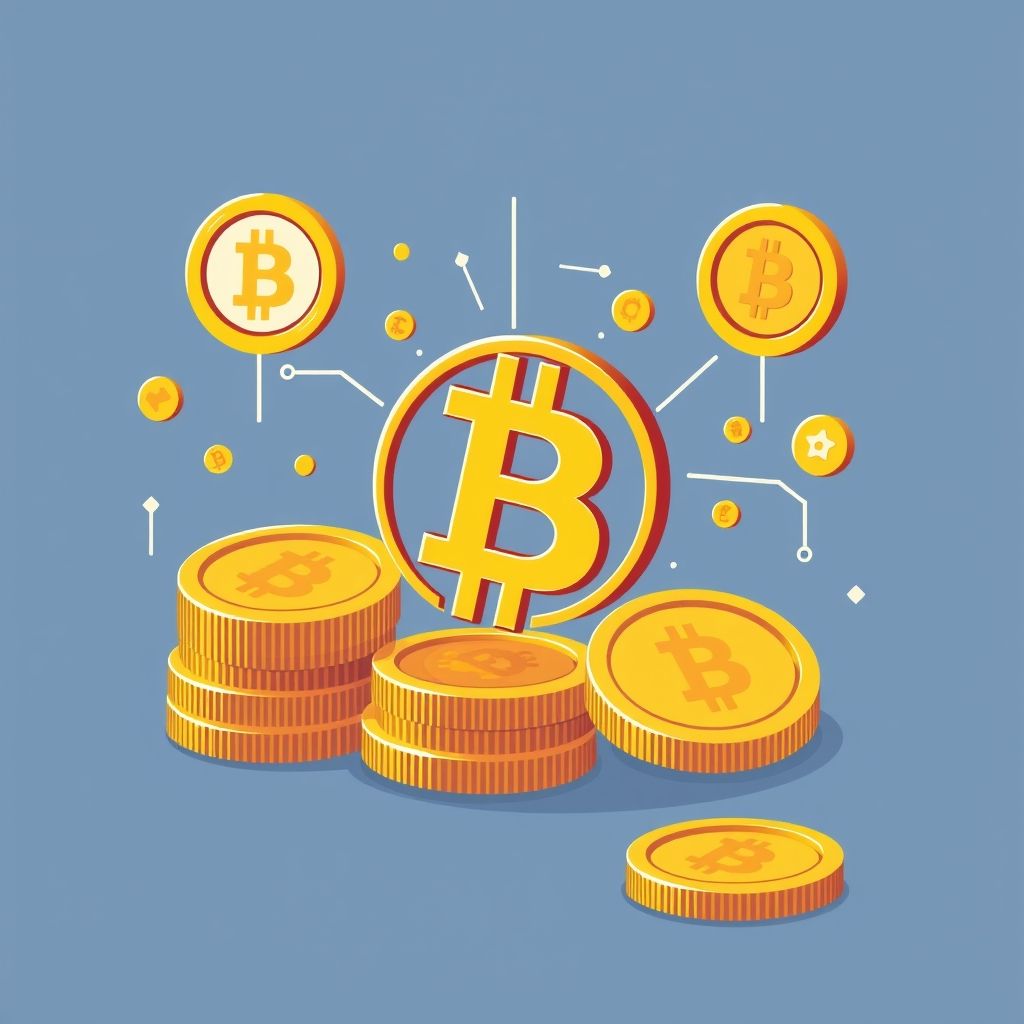AI tokens are emerging as a critical intersection between blockchain and artificial intelligence, enabling decentralized access to AI services, data marketplaces, and autonomous applications. Whether it’s powering AI agents, facilitating machine learning model access, or enabling micro-payments for AI computation, the utility of AI tokens is expanding across industries. If you’re looking to launch your own AI token, two of the most popular blockchain ecosystems you can consider are Ethereum and Solana. Both offer distinct advantages in terms of tooling, scalability, and ecosystem maturity.
This guide walks you through every stage of AI token development on Ethereum and Solana. From defining the token utility and selecting the blockchain to smart contract creation and deployment, you’ll gain a practical understanding of how to launch your own AI token that’s not only functional but also strategically aligned with your AI project goals.
Define the Purpose and Utility of Your AI Token
Before writing any code, you need to clearly define what your AI token will do and why it needs to exist on the blockchain. Start by understanding the role your token will play in the AI ecosystem you’re building. Will it be used to access AI models, reward data providers, govern a decentralized AI protocol, or facilitate AI service payments? Clarifying the token’s utility will determine its functionality, tokenomics, and integration with your AI system.
The clearer your value proposition, the easier it will be to design a token model that encourages adoption and creates long-term engagement. Think about how the token will interact with AI agents, users, developers, or other stakeholders within your platform.
Choose Between Ethereum and Solana
Choosing the right blockchain is a critical decision that affects your token’s capabilities, performance, and user experience. Ethereum is known for its extensive tooling, mature ecosystem, and high developer adoption. It’s ideal if you’re building on top of existing DeFi or AI-related protocols like Fetch.ai, Ocean Protocol, or SingularityNET. Ethereum’s Solidity-based development makes it relatively easy to find developer resources and integrate with wallets and dApps.
On the other hand, Solana offers high-speed transactions and extremely low fees, making it ideal for AI applications that require fast processing or frequent micropayments. If your token use case involves continuous data exchange, real-time model updates, or high-throughput computation, Solana could offer a performance edge.
Ultimately, your choice should align with your project’s requirements for speed, cost, compatibility, and community support.
Design Tokenomics and Supply Mechanics
Once you’ve selected your blockchain, the next step is designing your tokenomics—the financial structure that governs how your token will be distributed, used, and sustained. Decide the total supply of tokens, how much will be allocated to the development team, partners, community, liquidity pools, and future incentives.
Tokenomics is particularly important for AI projects that involve continuous learning or data contribution. For example, you might want to reward users for contributing training data or fine-tuning models. You also need to plan for how tokens will enter and exit circulation, manage inflationary or deflationary pressures, and incentivize early adoption without harming long-term sustainability.
Properly modeled tokenomics helps ensure your token’s utility is supported by sound economic logic, which also improves investor confidence and ecosystem engagement.
Develop the Smart Contract
With a clear token model in place, the next step is to create the smart contract that will bring your token to life. If you’re using Ethereum, this means writing a contract in Solidity, typically implementing the ERC-20 or ERC-721 standard depending on your needs. ERC-20 is the standard for fungible tokens, while ERC-721 or ERC-1155 can be used if you’re representing unique AI assets such as datasets or custom models.
Solana, in contrast, uses the Rust programming language along with frameworks like Anchor to develop smart contracts, or “programs” as they’re called in the Solana ecosystem. Creating a token on Solana typically involves using the SPL Token program, which streamlines token creation and management.
For both blockchains, make sure your smart contract includes all necessary logic around token transfers, minting, burning, and access control. For AI tokens, you might also need functionality that links token use to model access or computational workloads, either through oracles, APIs, or layer-2 services.
Test Thoroughly on Testnets
Before deploying your token on the mainnet, it’s critical to test every aspect of your smart contract on the respective blockchain’s testnet. Ethereum has several testnets like Sepolia or Holesky that mirror mainnet behavior without risking real funds. Solana offers the Devnet and Testnet environments for the same purpose.
During testing, validate all token functionalities including minting, transfers, integrations with wallets, and interactions with your AI platform. Also test your tokenomics in various edge cases to ensure your smart contract behaves correctly under different transaction volumes, pricing dynamics, and user actions.
You should also conduct internal audits or even engage a third-party firm to perform a professional audit. Security vulnerabilities in smart contracts can be exploited easily, and AI token projects are especially attractive targets due to their complexity and perceived value.
Deploy on Mainnet and Mint Tokens
Once your smart contract passes all tests and audits, you’re ready to deploy it to the mainnet. This step will vary slightly depending on your chosen blockchain. On Ethereum, you’ll use tools like Hardhat or Remix to deploy contracts using your wallet (such as MetaMask). On Solana, you’ll use CLI tools along with Anchor or other frameworks to push your smart contract to the mainnet.
After deployment, mint your initial supply of tokens according to your tokenomics. Be cautious during this stage, especially if your tokenomics include vesting schedules or locked tokens. Many projects use multi-signature wallets or time-locked smart contracts to secure minted tokens and reduce risk.
Once minted, distribute tokens to your team, partners, and community wallets as outlined in your initial plan. Make sure to verify the contract on platforms like Etherscan or Solana Explorer to improve transparency and trust.
Integrate with Your AI System
The true value of an AI token is realized when it becomes an integral part of your AI infrastructure. If your AI model is accessed through an API, you can link token use to access requests by verifying token ownership or enabling micropayments in your backend system. You might also design on-chain governance mechanisms that allow token holders to vote on model training directions, data inclusion, or feature priorities.
For decentralized AI protocols, token integration becomes even more central. AI agents might use tokens to pay for computation, tip data providers, or subscribe to model outputs. These mechanisms should be seamless and scalable, ensuring the user experience remains smooth even with blockchain involvement.
If your token is used for rewards, build automation to distribute tokens based on user activity, contribution, or model accuracy. This helps reinforce the behavior you want from your ecosystem participants.
Launch Your Token to the Public
With your token deployed and integrated, you’re ready to go public. This involves listing your token on decentralized exchanges like Uniswap (Ethereum) or Raydium (Solana), creating liquidity pools, and starting community engagement. Some projects also consider centralized exchange listings later in their growth phase.
A successful token launch requires more than just technical execution. Prepare educational content that explains your token’s utility, its connection to your AI system, and the long-term value it brings. Engage early adopters, build community through social channels, and offer clear on-ramps for token acquisition.
You can also consider launch strategies like airdrops, staking incentives, or bonding curves to bootstrap interest and liquidity. Make sure your launch plan is consistent with your long-term vision and doesn’t create artificial hype without substance.
Maintain, Update, and Grow
Launching your AI token is only the beginning. Post-launch, your focus should shift to improving the token’s utility, expanding integrations, and scaling the ecosystem. Continue engaging with your community, responding to feedback, and publishing updates on token usage, platform performance, and roadmap progress.
You may also evolve your smart contracts through upgradeable proxy patterns on Ethereum or redeploying Solana programs if necessary. As AI evolves, so too should your token’s functionality and integration methods.
Growth also means exploring partnerships, incorporating additional datasets or models, and perhaps integrating with cross-chain bridges to increase your reach. The AI blockchain space is still young, and early movers who remain agile will shape the future of how intelligent systems interact with decentralized economies.
Conclusion
Creating your own AI token on Ethereum or Solana is both a technical challenge and a strategic opportunity. From defining utility and selecting a blockchain to deploying smart contracts and integrating with your AI systems, every step requires thoughtful planning and execution. Ethereum offers maturity and compatibility, while Solana brings speed and cost-efficiency—making your choice crucial depending on your AI application’s needs.
By carefully designing tokenomics, thoroughly testing your contracts, and ensuring meaningful integration with AI processes, your token can become a cornerstone of a decentralized, intelligent ecosystem. The convergence of AI and blockchain is not just a trend—it’s a technological transformation. Your AI token could be the key that unlocks the next wave of innovation.






